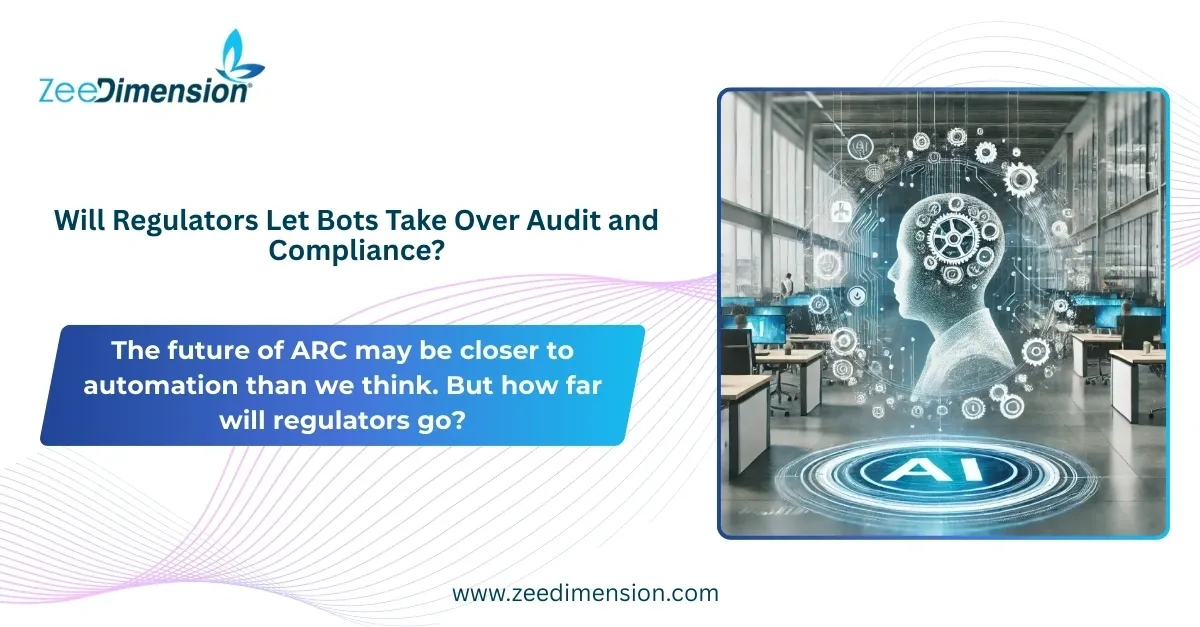 The future of ARC may be closer to automation than we think. But how far will regulators go?
The future of ARC may be closer to automation than we think. But how far will regulators go?The Big Question
Can Bots Replace Humans in Governance Functions?
AI is transforming audit, risk, and compliance — but will regulators relax rules to allow bots full control?
Today’s Reality
Audit & Compliance Standards Still Favor Human Judgment
-
Regulations assume human oversight
-
Professional skepticism, ethics, and liability are still human domains
-
Tools are allowed, but humans must sign off
Why Bots Are Getting Attention
AI Outperforms in Speed & Accuracy
Bots are now better at:
-
Detecting fraud patterns
-
Processing massive data volumes
-
Continuous compliance monitoring
-
Risk scoring in real time
So… Why Aren’t We There Yet?
Major Roadblocks Remain:
-
Liability – Who’s responsible when bots fail?
-
Transparency – Can regulators understand the AI’s decision?
-
Judgment – Bots lack nuance in complex ethical cases
-
Trust – Post-crisis regulators are risk-averse
What’s Likely: A Hybrid Model
Bots + Humans = Augmented Auditors
-
Bots handle data, testing, documentation
-
Humans validate judgment, sign-offs
-
Real-time compliance bots assist — not replace — GRC teams
Early Signs of Change
Some regulators are exploring:
-
AI guidelines for internal audit
-
Regulatory sandboxes for ESG/Carbon audit automation
-
Bot-assisted reviews for low-risk domains
What’s Next?
Expect Gradual Shift — Not Full Replacement
-
More automation in routine work
-
Tight guardrails for AI usage
-
Human accountability remains essential — for now
Final Thought
Regulators will embrace bots… carefully.
The future of ARC is not about humans vs. machines.
It’s about collaboration, oversight, and trust.
CTA / Engagement
What do YOU think?
Should bots be trusted to lead audits and compliance programs?
Comment below or share your view with your network.







